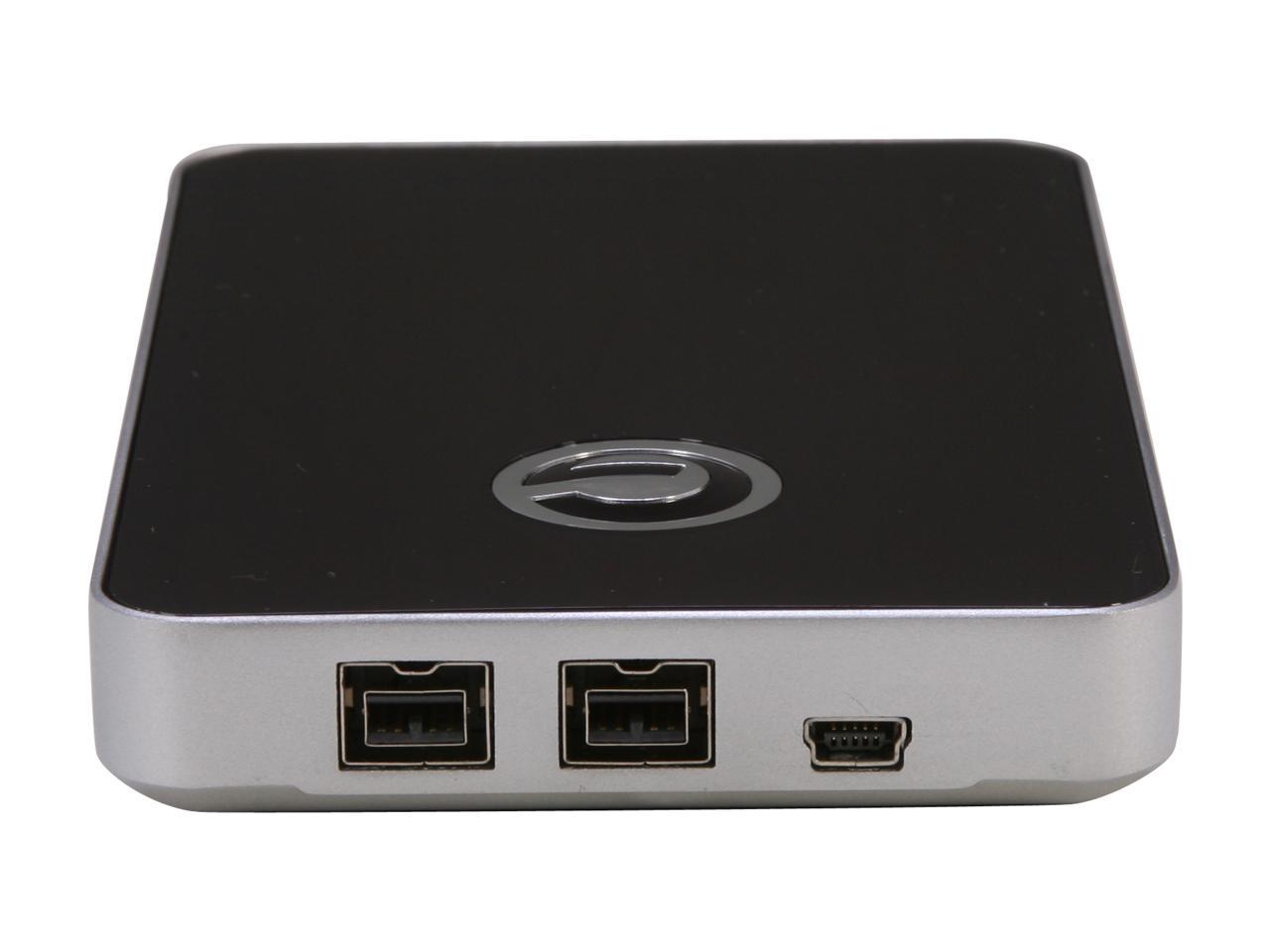
- #FIREWIRE 800 TO USB 2.0 CONVERSION SERIAL#
- #FIREWIRE 800 TO USB 2.0 CONVERSION FULL#
- #FIREWIRE 800 TO USB 2.0 CONVERSION PORTABLE#
- #FIREWIRE 800 TO USB 2.0 CONVERSION PRO#

A FireWire device can stream data in both directions at the same time, while USB requires the sent packets of data to finish transmission before the device can receive more data. This results in more stable synchronization and performance. FireWire streams data rather than packets data.This practically would apply only to interfaces with large numbers of inputs and outputs the difference in performance between a single or dual-channel USB or FireWire interface should be negligible. This results in the ability to utilize more inputs and outputs, as well as increased performance and stability. In general, FireWire devices support a higher bandwidth than USB 2.0, and therefore can send more data faster.Below are some of the common pros and cons for using a device with FireWire: Pros Despite this, most computers can be upgraded to obtain FireWire functionality at minimal cost.įireWire has long been a standard for both audio and video interfacing.
#FIREWIRE 800 TO USB 2.0 CONVERSION PRO#
Almost all modern computers feature at least two USB ports however, FireWire is somewhat more limited to the pro audio and video environment, and many budget PCs will not support FireWire out-of-the-box. Before purchasing an audio interface, the first step is to ascertain what type of communications your computer supports. With a power rating of 5 volts, USB is geared toward low-consumption devices, but higher-powered electronics benefit from FireWire’s 30-volt capacity.Q: Should I choose a FireWire or USB audio interface?Ī: Most audio interfaces today communicate with your computer either though a FireWire connection or a USB connection. USB and FireWire both supply peripheral devices with electricity, but they do so on completely different levels.
#FIREWIRE 800 TO USB 2.0 CONVERSION FULL#
If you take daisy chaining and hub extensions into account, FireWire beats USB in the distance department: FireWire cables can be daisy-chained (directly connected end to end) up to a distance of 72 meters, whereas full speed USB cables can only be extended (with the help of USB hubs) to a maximum 30-meter run. These measurements are very close, and may seem to put USB and FireWire neck-and-neck in the race for distance capability, but the contest doesn’t end there. Longer-length cords are available, but technically speaking, FireWire and USB technologies were designed to operate via cables no longer than 4.5 and 5 meters, respectively. But that didn’t last long when FireWire 800 hit the market at 800 Mbits per second, it was nearly twice as fast as high speed USB’s top data rate. There was a brief point in time when the first version of FireWire (which operates at up to 400 Mbits/s) and High Speed USB coincided, and the two were actually in competition for a while. USB’s data transfer rates range from 1.5 Mbits per second (low speed) to 480 Mbits/s (high speed). SpeedĮven though USB is more widely used than FireWire, its speed capabilities can’t compare. FireWire, on the other hand, is classified as peer-to-peer, which means that it allows two or more peripheral devices to interact without being hooked up to a computer (an example of a peer-to-peer connection would be two cameras linked via FireWire, independent of a PC). In host-based technology, a computer always needs to be present to act as the “middleman” through which the peripherals communicate.
#FIREWIRE 800 TO USB 2.0 CONVERSION SERIAL#
USB is a host-based serial bus, which means that it’s used to connect peripheral devices (such as printers, scanners, PDAs, cameras, and MP3 players) to a “host” (i.e. Read on to learn about the main aspects that set USB and FireWire apart from each other.

While the two technologies provide connectivity and power for computers and peripherals, they’ve designed around two separate standards, so they have different ways of getting the job done. They may both be serial buses that are used for device connection and data transfer, but USB and FireWire aren’t as similar as they appear at first glance. What's the Difference between USB and FireWire? We also have connector kits that offer several different FireWire configuration options.
#FIREWIRE 800 TO USB 2.0 CONVERSION PORTABLE#
We've also got hubs for transforming a single port into several: portable and in-desk options are available. Charging cables, adapter cables, extenders, we've got it all on USB technology.


 0 kommentar(er)
0 kommentar(er)
